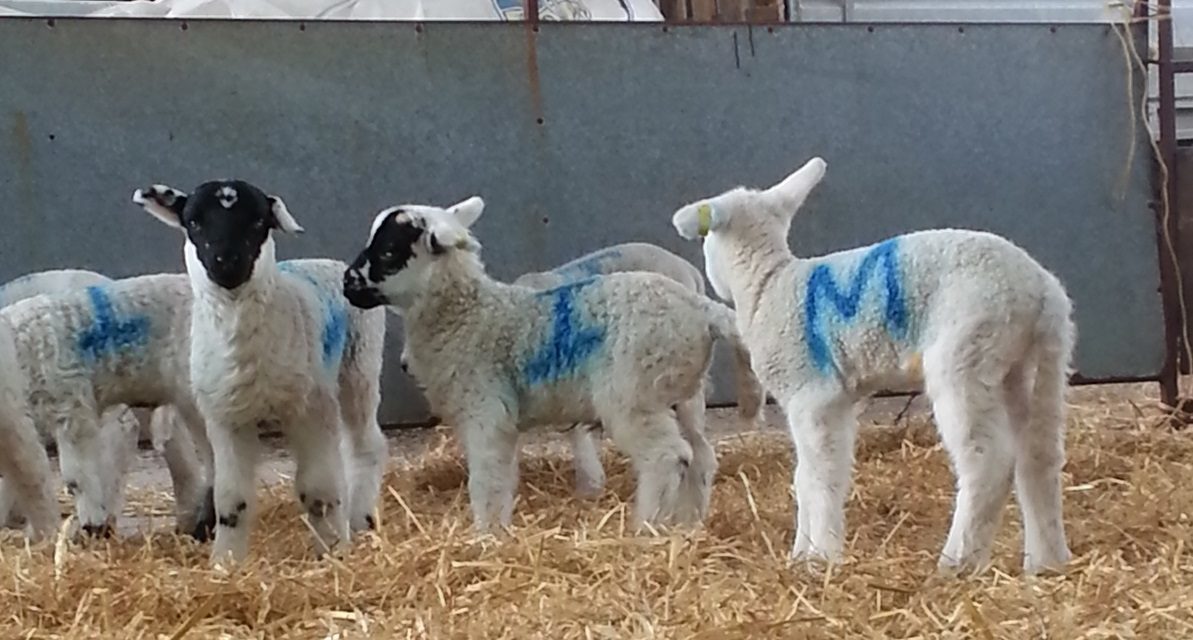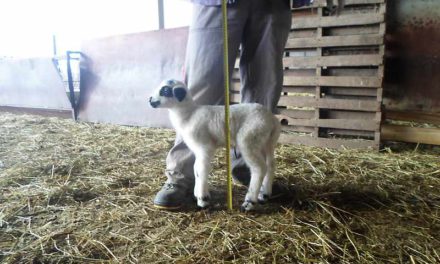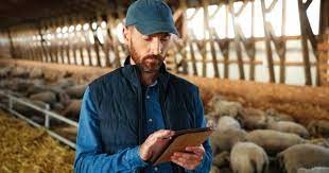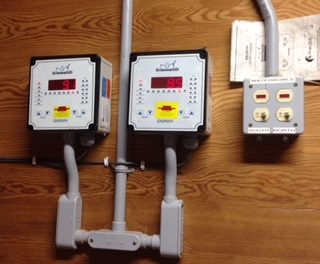This post is also available in:
![]()
![]()
![]()
![]()
![]()
![]()
Genetics of fat and protein contents in sheep milk
Title: Genetics of fat and protein contents in sheep milk
Need/issue: Fat and protein contents in milk
Introduction
Milk yield represents more than two-thirds of the total income of the dairy sheep industry. Thus, increasing milk yield is still the most profitable breeding objective for a number of breeds. Almost all of the milk is used for cheese production and consequently milk content traits are also important since they affect cheese yield and the typical taste of labeled cheeses
Country: Italy
Dairy or/and meat sheep: Dairy
Category of Animal : Ewes
| State of the art |
Genetic parameters on a total lactation basis for dairy traits are well known and follow the same patterns as in cattle : heritabilities for milk, fat and protein yields are moderate (around 0.30) and lower than for fat and protein percentages (0.50–0.60). Sometimes, heritability of fat is lower due to milk sampling problems. The genetic correlations between milk and fat and protein yields are positive and quite high (between 0.77 and 0.93). The genetic correlations estimates between milk yield and contents are negative and show high variability. Correlations between fat and protein yields with the corresponding contents are also variable according to the breed. The negative genetic correlation between milk yield and chemical composition increases the need for introducing fat and protein percentages as selection objectives. Payment systems for sheep milk based on milk composition are applied only in some European countries and particularly where the sheep sector is well-developed. However, in many cases the economic weight of milk composition traits is not sufficient to refund farmers for the loss of genetic gain for milk yield. In any case, the introduction of milk composition traits as selection objectives should be realized only when the breeding program has reached a stable genetic gain for milk yield Thus, milk yield in milking period only is currently the selection criterion in many dairy sheep. However, many breeds are updating their selection criterion to a linear combination of milk traits (fat and protein yield combined with fat and protein percentages).
Genetic improvement of a population/breed requires a selection program i.e a collective organization of farmers for:
- performance recording;
- pedigree recording;
- exchange of breeding animals by natural mating and/or artificial insemination.
The portion of farmers directly involved in pedigree and performance recording (breeders) should be as large as possible representing at least 10-20% of the whole population submitted to selection.
The rest of farmers (commercial farmers) exploit the genetic improvement generated by breeders by using breeding animals (mainly males) coming from breeders.

Figure 1 – Pyramidal management of the population (Source: Barillet F., 2001)
Cost/benefits analysis of the selection scheme should be carefully performed in order to assure the profitability of this organisation i.e long term incomes must be higher than costs at population level.
| Selection criterion |
The most common selection index when fat and protein contents are considered as selection objectives , is a total milk index that is practically a linear combination of breeding values for lactation milk yield, fat content and protein content. The relative weights of the 3 elementary traits in the total selection index are breed specific and generally depend on:
- the heritability of the 3 elementary traits;
- the genetic correlation between them;
- the actual economic value of the 3 elementary traits in the payment system of the milk.
The actual economic values in the payment systems should consider that in the cheese making process the protein content is more important than fat. In this sense, preliminary studies aimed at assessing the relative importance for the cheese yield of the protein and fat contents in raw milk should be carried out
Other points to consider when assessing the relative selection weights of fat and protein contents are:
- the fat/protein ratio may affect the taste and organoleptic quality of specific cheeses;
- the fat and protein contents respond differently to the concentration effect e. milk yield decrease/increase along lactation produces different increase/decrease of fat and protein contents in raw milk
Take home message: the definition of a total milk selection index must be based on the actual economic values of the 3 elementary traits. The economic weights in the payment systems not always reflect the true relative importance of the 3 elementary traits. Thus the selection weights should be updated on the basis of the realized evolution of milk yield and contents but also of cheese yield and cheese quality.
| Simplified recording protocols |
The individual milk sampling and the chemical analysis of individual milk samples are laborious and costly. In order to save costs and labour, individual milk sampling is usually limited to one daily milking (morning or afternoon) with a monthly interval. Moreover, sampling is usually limited to primiparous. The need to simplify recording schemes reduces the potential genetic gain.
Rules and tools to realize a correct recording scheme can be found in
https://www.icar.org/Guidelines/16-Dairy-Sheep-and-Goats.pdf
| Pedigree recording |
Pedigree recording can be traditionally performed by single sire natural mating and/or artificial insemination. Both practices are laborious and costly and may discourage farmers to participate to the selection programs.
EID is a promising tool to allow an early identification of mother/lamb couples and pedigree recording. It is important to follow the evolution of costs for a parental assignment based on DNA analysis. In a next future it may allow pedigree recording with multiple sire mating.
| Other factors affecting the breeding objective |
The seasonality and the feeding system as well as the concentration effect along the lactation may strongly affect the chemical composition of the raw milk.
Thus, further data related to environmental factors affecting the chemical composition should be recorded to be included in the genetic model for estimating the breeding values:
- Farm management mainly feeding system.
- Age
- Parity
- Lambing date
- Sampling date
- Milk yield at the sampling
| Genetic evaluation |
All recorded data must be used to produce estimated breeding values of reproducers.
It is crucial for the breeders organization to plan the availability of scientists able to manage large datasets and modern methodologies (BLUP) for the genetic evaluation.
| Genomic selection |
In dairy sheep, mutations in genes that result in significant increased chemical contents of the raw milk have not been detected until now. Thus, selection based on DNA specific causative mutations/LD- markes is not conceivable in the short term.
On the other hand, genomic selection seems to be an actual option at least in those breed already interested by an efficient traditional breeding scheme. Over the past decade, genomic selection has become the reference approach for the genetic improvement of dairy livestock due to decreasing costs of medium density DNA arrays which can be used, instead of the traditional pedigree matrix, to describe the realized relationships between individuals. In dairy cattle, relative high accuracies of Genomic Breeding Values (GEBV) of young bulls are due to the consistency of male reference populations that include progeny tested bulls with large numbers of daughters. Moreover, GEBV of selection candidates can be calculated for fat and protein contents that have been recorded on a large number of genotyped animals or their progeny for decades. Although there are some exceptions, in dairy sheep the situation is generally worse. First, the artificial insemination (AI) is less efficient and not widely used which makes the male reference populations less powerful compared to dairy cattle. Second, the overall consistency of genetic evaluations is negatively affected by the relative high costs of performance recording which led to very simplified recording schemes. Thus , this approach can be applied just in breeds with a well established traditional breeding scheme for fat and protein contents. For other breeds, the applications of genomic selection may take advantage of female nuclei which serve as reference populations to estimate breeding values of young rams that will be used in the commercial farms i.e. using the genotypes and phenotypes of the nucleus flock combined with the genotyping of selection candidate males that are bred in commercial farms and are genetically connected with the experimental flock.
These approaches should be implemented after a cost/benefits analysis that includes costs of DNA arrays, lab analysis and data management.







